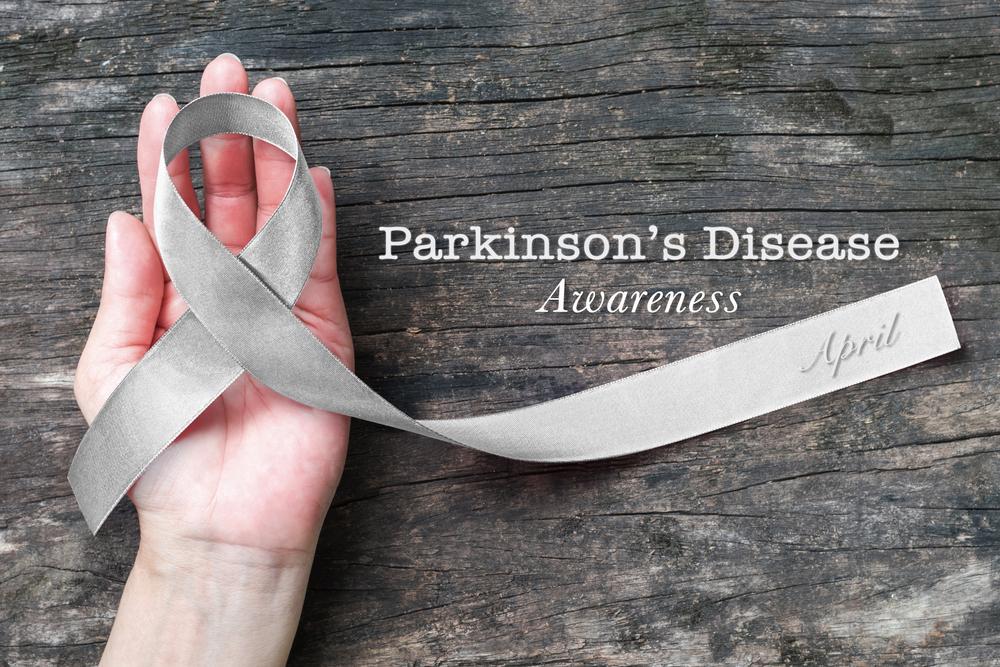Comprehensive Guide to Recognizing and Managing Symptoms of Huntington's Disease
Discover an in-depth guide on recognizing early symptoms of Huntington's Disease, essential diagnostic procedures, and management strategies to improve quality of life. Learn about physical, cognitive, and emotional signs, along with the importance of early intervention and multidisciplinary care options.

Understanding the Key Symptoms and Management Strategies for Huntington's Disease
Huntington's disease is a complex, hereditary neurological disorder that gradually damages nerve cells in the brain, leading to severe physical, cognitive, and emotional impairments. This progressive incurable illness can significantly diminish quality of life and, eventually, become life-threatening as brain degeneration advances. Typically, symptoms develop in individuals during their 30s or 40s, although there are rare instances where onset occurs earlier, even in childhood. Recognizing early signs is crucial for timely diagnosis, management, and improving patient outcomes.
Early Signs and Symptoms of Huntington's Disease
Noticeable changes in handwriting, often becoming increasingly illegible or ragged
Difficulty performing routine motor tasks like buttoning shirts or tying shoelaces
Unusual restlessness, fidgeting, or agitation that cannot be easily controlled
Clumsiness, unsteady gait, and balance problems leading to falls
Initial mild twitching or jerking movements in the face, arms, or legs
Physical symptoms are often accompanied by subtle emotional and cognitive shifts, which may be overlooked initially.
Increased impulsiveness and difficulty controlling one's actions
Short-term memory lapses and challenges with concentration
Episodes of depression, irritability, and emotional instability
Struggles with adapting to new situations or changes in routine
Due to the nonspecific nature of these symptoms, they can often be mistaken for other neurological or psychiatric conditions. Accurate diagnosis requires specialized testing.
Diagnostic Procedures for Huntington's Disease
Neurological Examinations: These include assessments of reflexes, muscle strength, coordination, balance, and tactile sensation to evaluate motor function.
Neurophysiological Tests: Comprehensive evaluations of cognitive abilities such as memory, language skills, reasoning, and spatial awareness to detect mental decline.
Psychiatric Assessments: Behavioral analyses that examine judgment, emotional regulation, and coping mechanisms to identify psychiatric symptoms linked with the disease.
Brain Imaging Techniques
MRI or CT scans are typically used to observe structural changes within the brain, assisting in ruling out other neurological conditions and confirming diagnosis.For individuals without a family history of Huntington's disease, genetic testing plays a vital role in confirming the presence of the mutated gene associated with the condition. As the disease progresses, symptoms become more severe, including involuntary spasms, muscle rigidity, seizures, and significant mood disturbances. Cognitive decline manifests as difficulty concentrating, impulsive behavior, slowed mental processing, and overall deterioration of mental faculties. Currently, there is no cure for Huntington’s disease; however, various management strategies can help control symptoms and improve the patient's quality of life.
Effective management involves a multidisciplinary approach, combining medication, therapy, lifestyle changes, and psychological support. Early intervention focusing on maintaining physical health through exercise, mental stimulation, and emotional care is essential for helping patients lead fulfilling lives despite the challenges posed by the disease. Support from healthcare professionals, family members, and caregiver networks is crucial for comprehensive care and improved outcomes. Continued research into innovative therapies offers hope for future treatments that may slow or halt disease progression.





